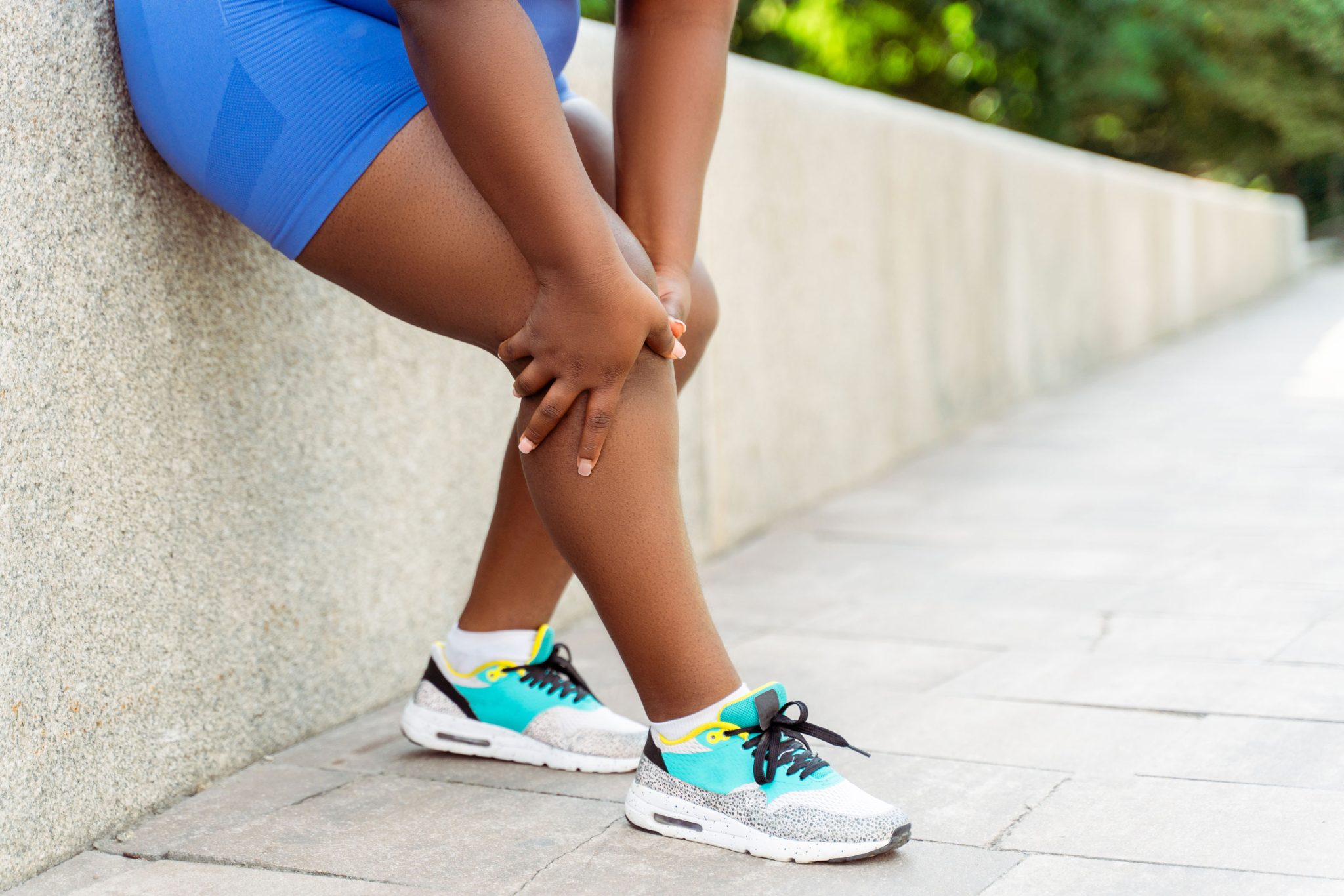The thrill of gliding down snow-covered slopes during a ski holiday is unparalleled, but the risk of ski injuries can dampen the excitement. As a winter enthusiast gearing up for that adrenaline rush, ensuring a safe and injury-free adventure is paramount.
Fortunately, your Plano chiropractor has expert insights to share on preventing ski injuries and maintaining optimal wellness during your snowy escapade. Let’s dive into eight essential tips that promise a memorable and safe ski holiday.
1. Gear Up with the Right Equipment
Before hitting the slopes, equip yourself with properly fitted ski gear. Boots, bindings, helmets, and goggles should be in top-notch condition and appropriate for your skill level. Consult with a professional to ensure your gear fits snugly and supports your body’s alignment, reducing the risk of injuries caused by equipment malfunctions or ill-fitted gear.
2. Warm-Up Exercises and Conditioning
Preparing your body for the physical demands of skiing is crucial. Engage in warm-up exercises to limber up muscles and improve flexibility. Strengthening core muscles and focusing on leg exercises can significantly enhance stability and balance, reducing the likelihood of strains or falls while skiing.
3. Mindful Technique and Pacing
Skiing is as much about technique as it is about speed. Take time to learn and practice proper skiing techniques. Control your speed and pace yourself, especially on unfamiliar terrains. Avoid pushing beyond your skill level, as overexertion or attempting difficult slopes beyond your capacity can lead to avoidable accidents.
4. Stay Hydrated and Fuel Up
High-altitude activities demand increased hydration and adequate nutrition. Cold weather can mask dehydration, so drink plenty of fluids throughout the day. Ensure a balanced diet to fuel your body for the energy-intensive skiing sessions. Keeping your body properly nourished and hydrated can prevent muscle fatigue and contribute to overall well-being.
5. Post-Ski Recovery and Self-Care
After a thrilling day on the slopes, prioritize recovery. Stretching exercises, hot/cold therapies, and adequate rest are pivotal in preventing muscle soreness and injuries. Consider seeking chiropractic care to realign your body, address any strains or misalignments, and ensure your musculoskeletal system stays in top condition.
6. Weather Awareness and Safety
Monitor weather conditions before and during your ski adventure. Be aware of changing conditions like snowstorms or icy patches that can increase the risk of accidents. Dress appropriately in layers to protect against cold and hypothermia, ensuring a safe and enjoyable experience on the slopes.
7. Know Your Limits and Listen to Your Body
Ski within your comfort and skill level. Listen to your body’s cues – fatigue, pain, or discomfort – and take breaks when needed. Ignoring these signals can lead to overexertion and potential injuries. Enjoy the experience without pushing beyond what feels safe and comfortable for you!
8. Buddy System and Safety Awareness
Lastly, never ski alone. Always have a skiing buddy or stay within sight of others. In case of accidents or emergencies, having someone nearby can be a lifesaver. Familiarize yourself with the ski area’s safety guidelines and emergency procedures. Understanding trail markers, designated areas, and the ski patrol’s contact information ensures quick assistance if needed.
Explore Chiropractic Care for Optimal Skiing Wellness
Safeguarding yourself from ski injuries involves meticulous preparation, mindful skiing practices, and post-skiing self-care. Prioritize safety by gearing up correctly, conditioning your body, and adopting mindful skiing techniques. Remember, post-ski recovery and professional care, such as chiropractic sessions at Keystone Chiropractic in Plano, are crucial for maintaining wellness.
Don’t leave your ski holiday experience to chance. Contact us at Keystone Chiropractic before and after your trip for tailored care and guidance toward a safe, injury-free skiing adventure.





